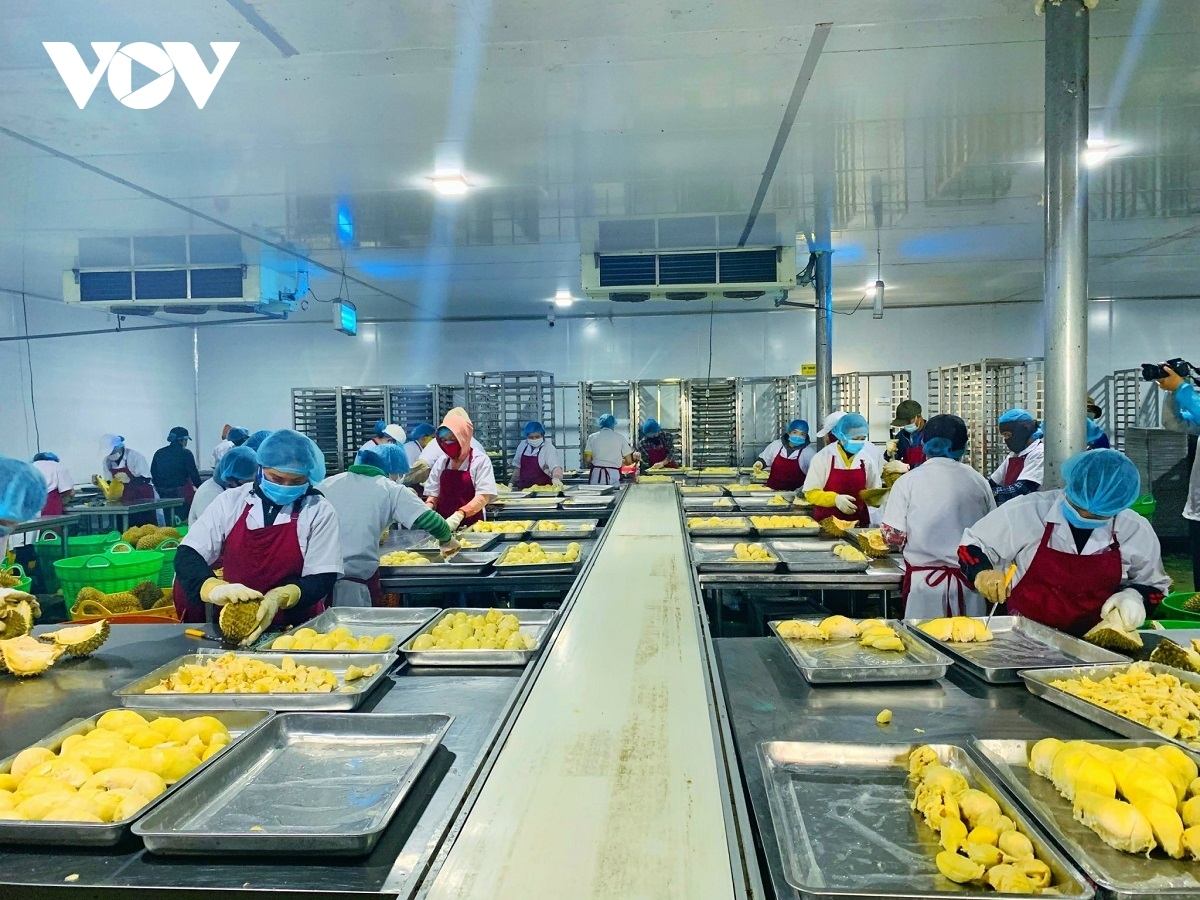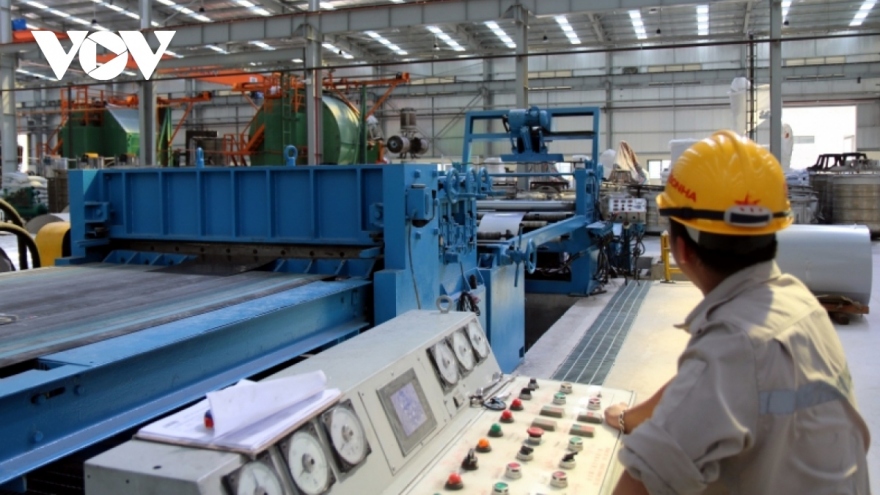Agriculture remains only bright spot in Vietnamese exports: HSBC
VOV.VN - Despite accounting for only a small share of overall exports, Vietnam’s agriculture exports have boomed with both rice and durians outperforming other items this year, according to HSBC’s latest report “Vietnam at a glance”.

According to details given in the report themed “Agriculture exports holding the fort”, Vietnam has long been praised as a poster child in terms of its development as it moves away from an agriculture-based economy to become a rising star as part of the global manufacturing supply chain.
However, with 90% of its exports being negatively affected by the downturn in trade this year, the remaining 10% of agriculture exports have surprisingly defied gravity.
Staple goods and the king of fruits
Most notably, the country enjoys the benefits of being a traditional exporter as well as an emerging one. As the world’s third largest exporter of rice, Vietnamese rice exports have risen on the back of soaring demand from regional peers and the recent rally which has occurred in global rice prices.
Meanwhile, local durian farmers have enjoyed skyrocketing growth, representing an annual rise of 1,400% in the third quarter of the year for exports, with this primarily being due to Chinese consumers’ new preference for the fruits, along with the implementation of the Regional Comprehensive Economic Partnerships (RCEP).
The only bright spot in exports
Despite some nascent green shoots in the global trade cycle, the country has suffered from a 7% decline in exports since the beginning of the year. However, agriculture exports have emerged as the only bright spot, defying a trade downturn.
Unlike other sectors that recorded double-digit declines, agriculture exports have weathered the storm well, rising almost 20% on-year on a three-month moving average basis.
Given its abundant resources, the nation enjoys a diverse agricultural base, with seafood making up almost 40% of its agriculture export mix, followed by Robusta coffee at 14%, rice at 12%, and fruits and vegetables at 11%.
While China makes up an important buyer of Vietnamese rice and seafood products, it holds a dominant share of 65% in its fruits/vegetable products, with this being a key reason why the share has increased threefold over the past decade.
After the northern neighbour’s re-opening, Vietnamese tropical fruit exports have increased significantly, partly in response to the signing of the fruit protocols in 2022. Currently, 80% of the country’s dragon fruits and 90% of its lychees are being shipped to the Chinese market. In particular, Chinese consumers’ new preference for durians has benefitted durian exports in ASEAN significantly.
Vietnam has enjoyed a record high level of durian exports to China, up 1,400% on-year, as of the third quarter of the year, a factor which has ensured that this category of fruit now takes top spot in its overall fruit exports with a share of close to 40%.
However, the nation is facing increasing competition from regional peers, particularly from Thailand who make up 95% of China’s durian exports. While Thailand has long remained in a dominant position, it has encroached even further on Vietnam’s share in just five years
Moreover, the country is also facing competition from China’s home-grown durian market. In fact, competition is not limited to durians, with the Vietnamese agricultural sector also experiencing competition from China’s home-grown markets for items such as coconuts, dragon fruits, and mangoes.
According to think tanks, it is not only fruit exports that are booming. As the world’s third largest rice exporter, just after India at 40% and Thailand at 15%, Vietnam, with a share of 13%, has benefitted significantly from a recent rally in the global rice market.
Since July, the benchmark Thai rice export price saw a 40% rise on-year to reach a 15-year high, in part due to India’s export bans on certain rice products and weather disruptions. Since then, this has quickly translated into impressive annual growth of 50% in relation to Vietnam’s rice exports.
Currently, three ASEAN countries are among the top six buyers of Vietnamese rice, with the Philippines alone accounting for 45%, followed by Malaysia and Singapore. The Vietnamese authorities have assured their ASEAN counterparts that it is committed to ensuring a stable rice supply moving forward.
“Going forward, it will be key for Vietnam to take advantage of free trade agreements (FTA) and focus on matching its export products to international standards to further improve its market potential,” HSBC economists stressed.


